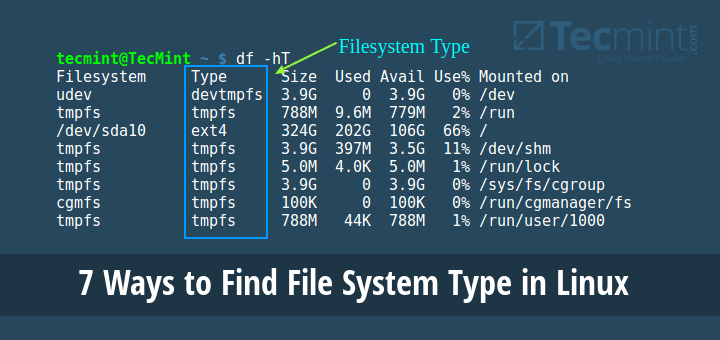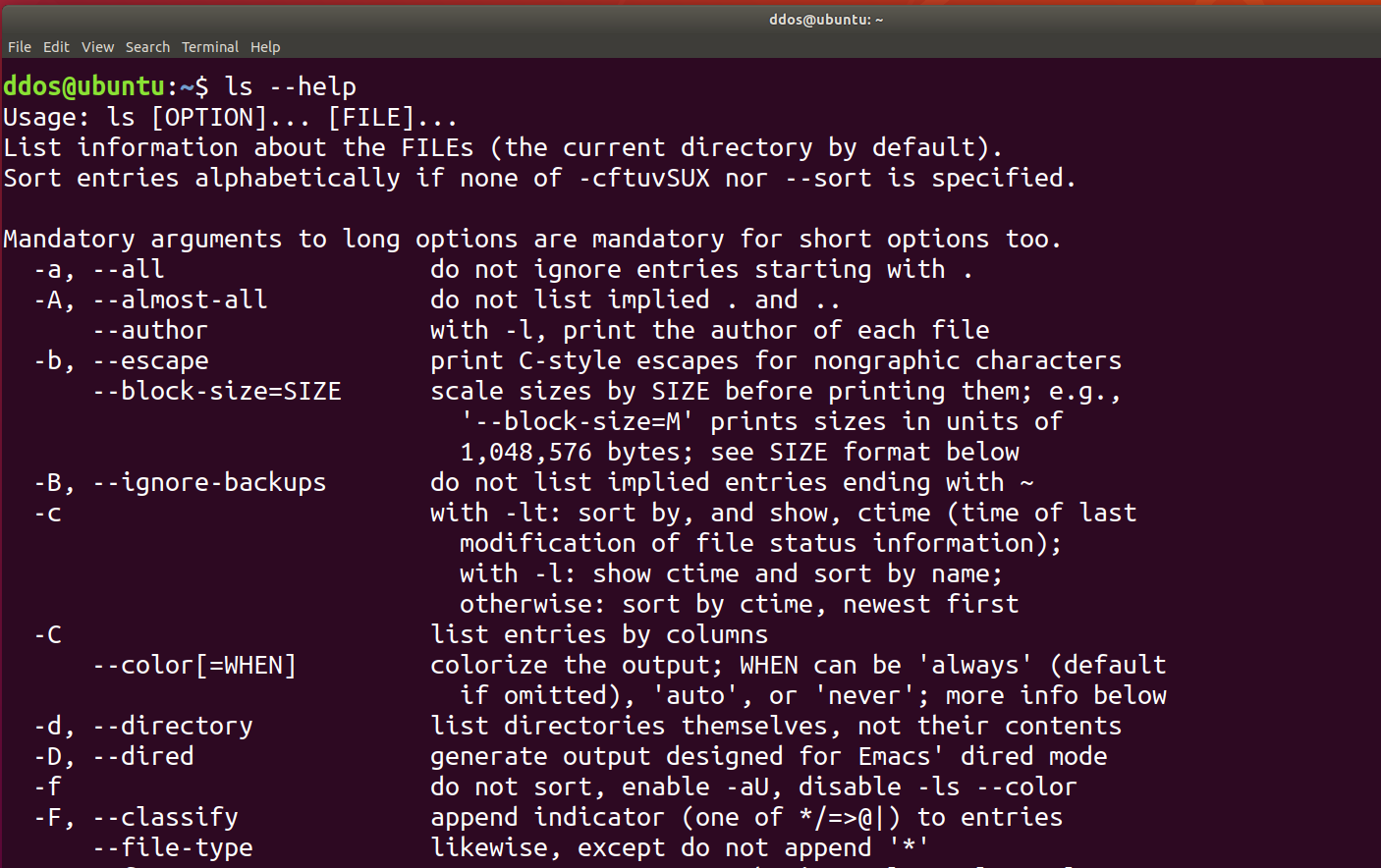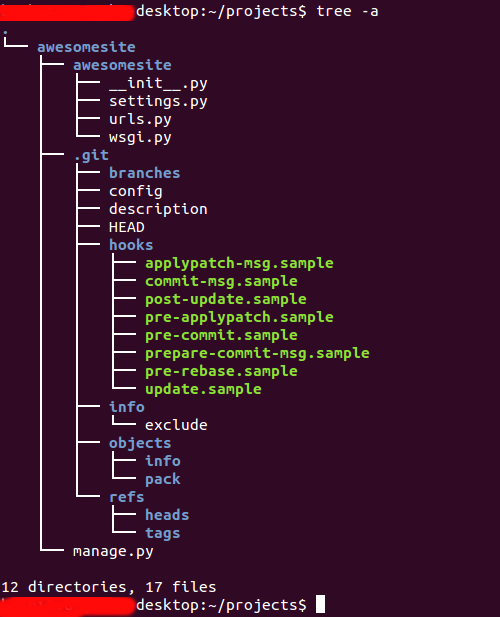

This command works by producing a list of full paths to files that are exactly 2 levels deep with respect to this directory: /usr/share/festival/lib/voices Better to use the find command, like so: $ find /usr/share/festival/lib/voices -maxdepth 2 -mindepth 2 \ Using ls in this manor is typically frowned upon because the output of ls is difficult to parse.

You can just modify this like so: $ ls /usr/share/festival/voices/*/ -1 | grep -vE "/usr|^$" Use the tree command's -L option to limit the display depth and the -d option to only list directories.I'm on Fedora, and these voicepacks are in a slightly different location: $ ls /usr/share/festival/lib/voices/*/ -1 | grep -vE "/usr|^$" If no directory is specified then, by default, the contents of the current directory are listed.

The tree command lists the contents of a specified directory in a tree-like format. The -A or -almost-all option will list all files, including dotfiles, but does not list implied. The -a or -all option will list all files, including dotfiles. These are normally hidden by ls and not listed unless requested.įor example the following output of ls: $ ls ls -lt | headĪ dotfile is a file whose names begin with a. The following will list up to ten of the most recently modified files in the current directory, using a long listing format ( -l) and sorted by time ( -t). List the Ten Most Recently Modified Files To capture a list of files into a variable for processing, it is typically good practice to use a bash array: files=( * ) # display only the directories in the current directory Use the Bash shell's filename expansion and brace expansion capabilities to obtain the filenames: # display the files and directories that are in the current directory When used with the -r option the sort order is reversed. The ls command's -S option sorts the files in descending order of file size. Port (special system file in Solaris 10+ only) High performance ("contiguous data") fileĭoor (special IPC file in Solaris 2.5+ only) The file type can be one of any of the following characters. Below are the details for each column in the output: Column No.

It then displays eight columns of information for each file in the listed directory. The output first displays total, which indicates the total size in blocks of all the files in the listed directory. ls -l /etcĭrwxr-xr-x 3 root root 4096 Apr 21 03:44 acpi The ls command's -l option prints a specified directory's contents in a long listing format. $ lsĪpt configs Documents Fonts Music Programming Templates workspaceīin Desktop eclipse git Pictures Public Videos Listed files are sorted alphabetically, by default, and aligned in columns if they don’t fit on one line. The ls command lists the contents of a specified directory, excluding dotfiles. Same as above only with powers of 1000 instead of 1024 Show sizes in human readable format (i.e. List all entries including ones that start with a dot


 0 kommentar(er)
0 kommentar(er)
